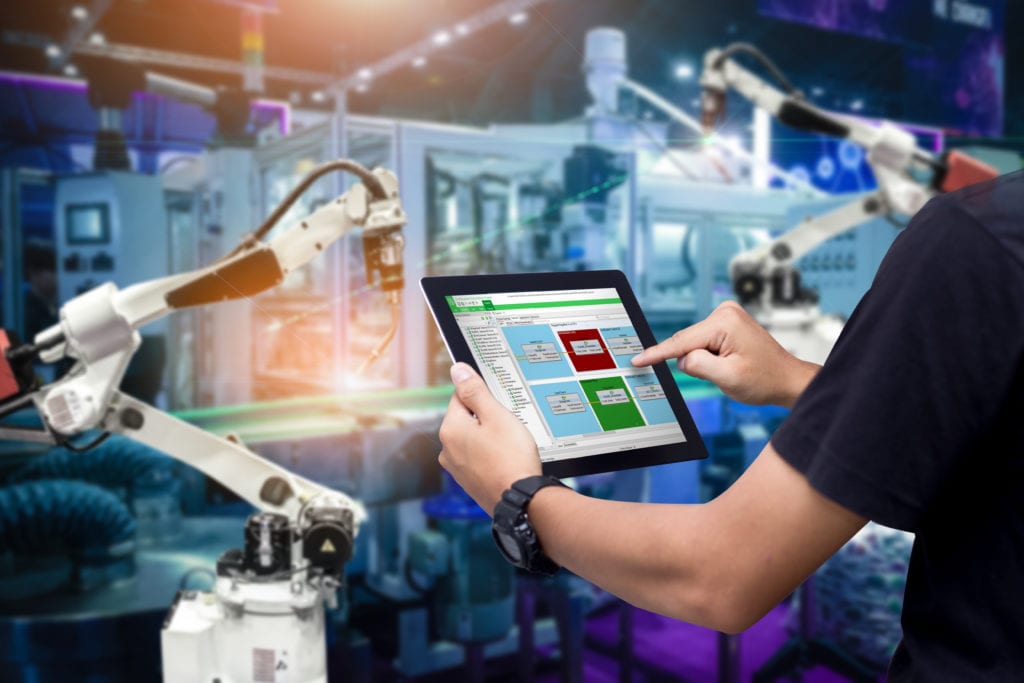Industry is experiencing a seismic change. The world over, industrial enterprises are turning to technologies like artificial intelligence, machine learning, and cloud/edge architectures to navigate and thrive in an increasingly complex and digital world.
But there is a problem.
Current industrial automation system architecture has done a good job of advancing industry to where we are today but closed, proprietary technology makes it difficult to embrace advanced technologies quickly and efficiently.
Failure to apply open industrial automation standards is costly on all fronts. Today, many automation suppliers talk about “open” but have yet to fully embrace implementations with code and function portability. As a result, end users must endure unnecessary engineering expense and delays in rolling out innovative manufacturing plant designs—which can mean lost business opportunities.
It does not have to be this way.
Adoption of the IEC 61499 standard for industrial automation can liberate engineering efforts and allow end users to more easily manage market complexity. It opens the world of automation to the endless possibilities of Industry 4.0.
What is IEC 61499?
The IEC 61499 standard defines a high-level system design language for distributed information and control systems. Here are five ways IEC 61499 optimizes the creation and management of modern data-driven automation systems:
- Black-box software components. The event-driven function block is the basic building block of IEC 61499 and encourages a software-component approach to automation applications. Application developers can use their programming language of choice to encapsulate and sell their IP in the form of black-box components.
- Portability of application code. By proposing an application model independent of the underlying system devices, IEC 61499 enables the portability of application code across multi-vendor platforms and engineering tools. Automation applications designed to run on one vendor’s system can also run on another vendor’s system. The user’s investment in software IP is protected and rendered future-proof. This is particularly important moving forward as Industry 4.0 use cases will be solved with innovative software, rather than hardware.
- Event driven. The event-driven nature of IEC 61499 is perfect for interfacing to transactional IT systems. Now developers can combine real-time OT functions and “right-time” IT functions in one application, for example, a pump control block that can initiate the creation of a maintenance work order based on built-in predictive analytics.
- Distribution of information and control. The IEC 61499 proposes a system and device model to distribute automation applications across heterogeneous devices, ranging from field-mounted instruments and actuators to controllers, and up to powerful edge computers for calculation-intensive applications like artificial intelligence/machine learning—all with zero engineering.
- Plug and Produce. The combination of benefits 1 through 4 above results in a “plug and produce” approach to automation where proven-in-use software components, combining real-time and right-time functions, are plugged together to create process and machine applications. This results in a step-change reduction in engineering hours, greatly facilitates the implementation of complex use cases, and simplifies debugging and maintenance for increased uptime.
To learn more about how the IEC 61499 standard is liberating industrial automation, download the Schneider Electric white paper “IEC 61499: The Industrial Automation Standard for Portability that Enables Industry 4.0”.
*******************
This message was part of our Innovation Summit World Tour 2020. Making 11 virtual stops around the world, we welcomed over 20,000 customers, partners and students through the virtual doors and into the discussion on how we can build a more resilient and sustainable future together.
If you want to discover more from the event, we invite you to read the following articles:
- Building Resilient and Sustainable Data Centers
- How digitization helps deliver healthier hotels–and happier guests
- Hospital resiliency during a pandemic—Expert Insights
- Expert Insights: Smart Building Technology Drives A Safer Workplace
- Benefits from the Promise of Next Generation Industrial Automation
- Securing the IT-OT Convergence for Cybersecurity Solutions
- Cracking Digital for An End-to-End Traceability Journey
- 3 Ways Smart Machine Lifecycle Digital Solutions Bolster Industrial Plant Flexibility
- Two technologies available today to resolve climate change




